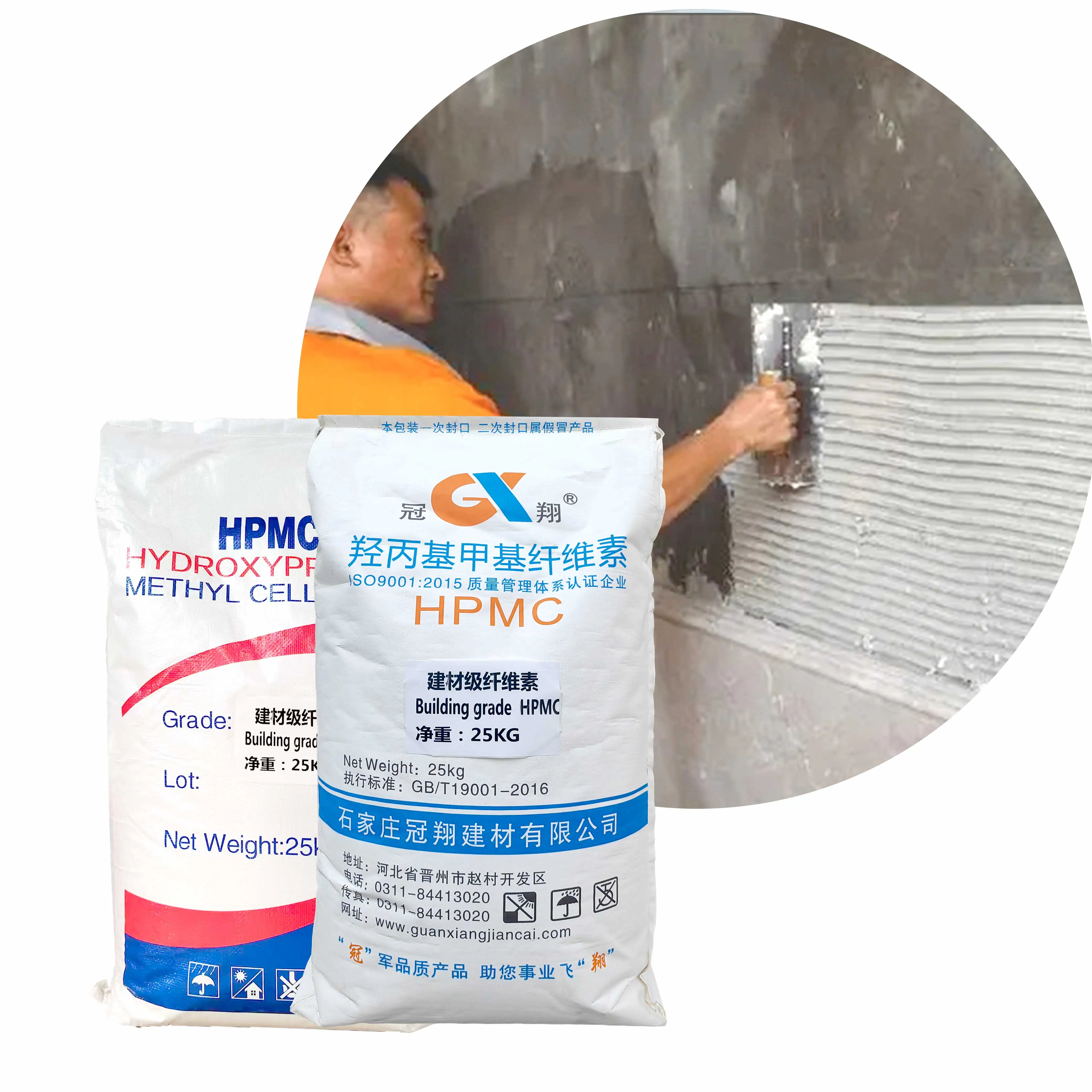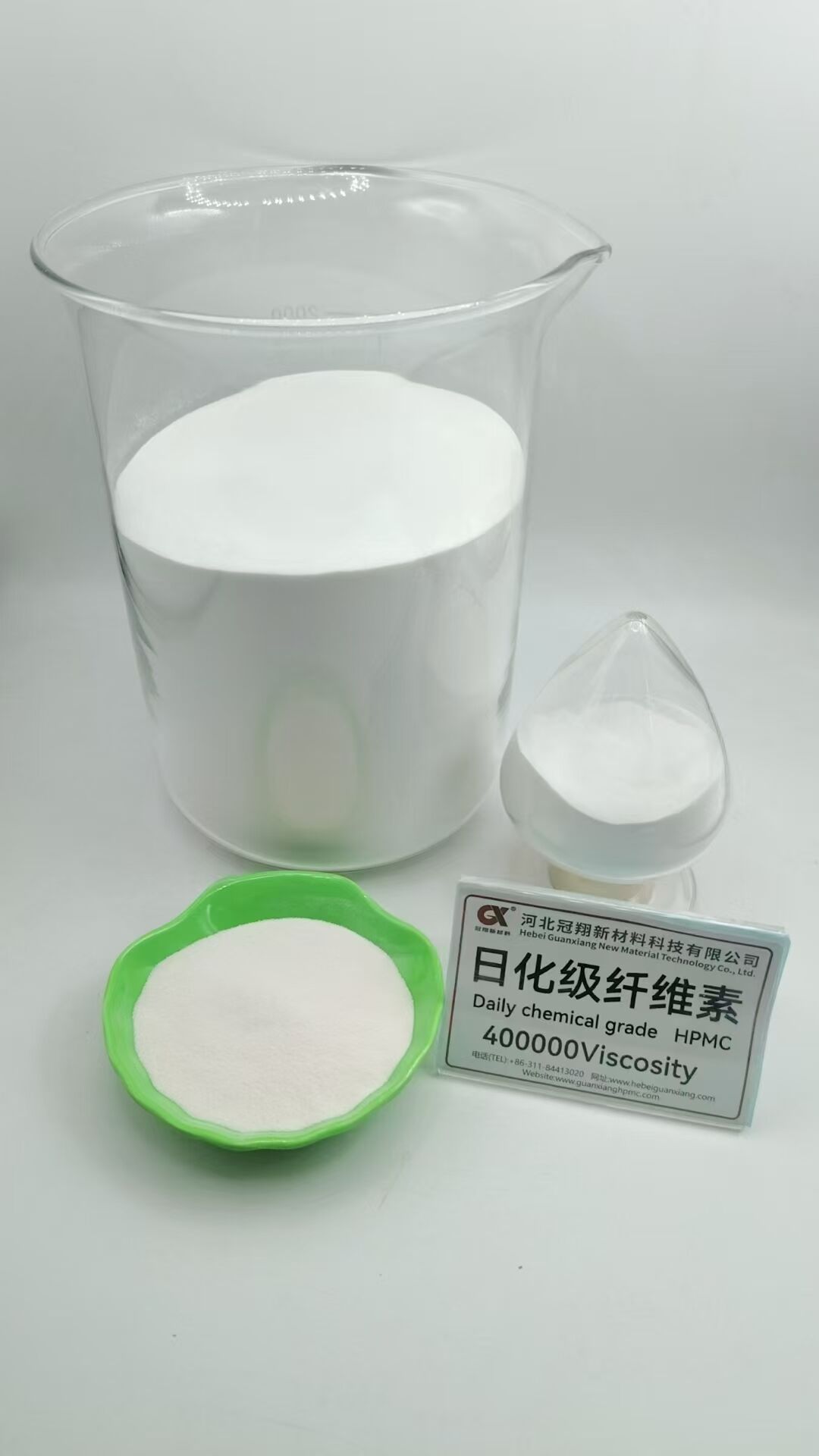Selecting the right hydroxypropyl methylcellulose supplier is a critical decision that can significantly impact the quality and success of your construction, pharmaceutical, or food production projects. When evaluating potential partners, understanding the key factors that distinguish reliable suppliers from mediocre ones becomes essential for making informed procurement decisions. The complexity of HPMC production and its diverse applications across industries demands careful consideration of multiple evaluation criteria to ensure consistent product quality and reliable supply chain management.

Manufacturing Capabilities and Production Standards
Quality Control Systems and Certifications
A reputable HPMC manufacturer must demonstrate robust quality control systems that encompass every stage of the production process. ISO 9001 certification serves as a fundamental indicator of systematic quality management, while industry-specific certifications like GMP for pharmaceutical applications or food-grade certifications for edible products provide additional assurance. These certifications reflect the manufacturer's commitment to maintaining consistent quality standards and their ability to meet regulatory requirements across different markets.
Advanced testing laboratories equipped with modern analytical instruments enable manufacturers to perform comprehensive quality assessments including viscosity measurements, moisture content analysis, and particle size distribution testing. Regular third-party audits and continuous improvement programs further validate the manufacturer's dedication to quality excellence. The presence of trained quality assurance personnel and documented procedures for handling non-conforming products demonstrates operational maturity.
Production Capacity and Scalability
Evaluating production capacity involves assessing both current output capabilities and future scalability potential. Established manufacturers typically operate multiple production lines with redundancy built into their systems to handle unexpected demand fluctuations or equipment maintenance requirements. Understanding the manufacturer's annual production volume, typical lead times, and ability to accommodate rush orders provides insight into their operational flexibility.
Geographic distribution of manufacturing facilities also plays a crucial role in supply chain resilience and cost optimization. Manufacturers with strategically located facilities can offer reduced transportation costs and shorter delivery times while providing backup production capabilities in case of localized disruptions. Investment in automation and process optimization technologies indicates forward-thinking management and potential for improved efficiency over time.
Technical Expertise and Product Development
Research and Development Capabilities
The technical competence of an HPMC manufacturer becomes evident through their research and development investments and capabilities. Companies with dedicated R&D teams and modern laboratory facilities can provide valuable technical support for product optimization and application-specific formulations. The ability to customize HPMC grades according to specific performance requirements demonstrates advanced technical knowledge and manufacturing flexibility.
Patent portfolios and published research papers indicate the manufacturer's contribution to industry innovation and their commitment to advancing HPMC technology. Collaboration with academic institutions and participation in industry conferences showcase their engagement with the broader scientific community. Technical documentation quality, including detailed product specifications and application guides, reflects the depth of their product knowledge.
Application Support and Technical Service
Comprehensive technical support extends beyond product delivery to include formulation assistance, troubleshooting guidance, and performance optimization recommendations. Experienced technical service teams can provide valuable insights into optimal usage conditions, compatibility considerations, and potential cost-saving opportunities through improved formulations.
The availability of application laboratories for customer testing and product validation demonstrates the manufacturer's commitment to ensuring successful product implementation. Regular technical seminars, training programs, and educational resources help customers maximize the value of their HPMC investments while staying informed about industry best practices and emerging applications.
Supply Chain Reliability and Market Reputation
Raw Material Sourcing and Supply Security
Reliable raw material sourcing forms the foundation of consistent HPMC production quality and supply continuity. Manufacturers with diversified supplier networks and strategic raw material inventory management can better withstand market volatility and supply disruptions. Understanding their sourcing strategies for key raw materials like cotton linters or wood pulp provides insight into potential supply chain vulnerabilities.
Long-term contracts with raw material suppliers and vertical integration opportunities indicate supply chain stability and cost predictability. Manufacturers who invest in supplier development programs and maintain close relationships with their raw material providers typically demonstrate better supply chain resilience and quality consistency over time.
Market Presence and Customer References
Established market presence serves as a strong indicator of manufacturer reliability and product quality. Companies with long operating histories and stable customer relationships demonstrate their ability to adapt to changing market conditions while maintaining consistent service levels. Customer testimonials and case studies provide valuable insights into real-world performance and customer satisfaction levels.
Industry recognition through awards, certifications, and professional associations reflects the manufacturer's standing within the broader business community. Financial stability and growth trajectory indicate the company's long-term viability and ability to support ongoing customer relationships through future business cycles.
Regulatory Compliance and Documentation
Regulatory Adherence Across Markets
Compliance with international regulatory standards becomes increasingly important as businesses expand into global markets. Manufacturers must demonstrate familiarity with regulations governing HPMC usage in pharmaceutical applications, food products, and construction materials across different countries and regions. Proper documentation and registration procedures ensure smooth customs clearance and regulatory acceptance.
Regular updates to regulatory databases and proactive communication about changing requirements demonstrate the manufacturer's commitment to maintaining compliance across their customer base. Investment in regulatory affairs personnel and ongoing training programs indicates serious attention to compliance obligations and risk management.
Documentation Standards and Traceability
Comprehensive documentation systems enable effective lot traceability and quality investigation procedures when issues arise. Certificate of analysis documents should provide detailed testing results for all critical parameters while maintaining consistent formatting and clear presentation of data. Batch records and production documentation should be readily available to support customer audits and regulatory inspections.
Electronic documentation systems with proper backup procedures ensure long-term record retention and easy access to historical data. Clear documentation of any product modifications or specification changes helps customers assess potential impacts on their own products and processes.
Cost Competitiveness and Value Proposition
Pricing Structure and Total Cost Analysis
While initial purchase price represents an important consideration, total cost of ownership provides a more comprehensive evaluation framework. Factors such as product consistency, technical support quality, delivery reliability, and packaging efficiency all contribute to the overall value proposition. Manufacturers offering transparent pricing structures and flexible payment terms demonstrate confidence in their competitive positioning.
Long-term pricing stability and protection against raw material cost fluctuations provide valuable budget predictability for customers. Volume discount structures and loyalty programs can offer additional cost savings opportunities for large-volume purchasers while encouraging ongoing business relationships.
Innovation and Continuous Improvement
Investment in process improvements and technology upgrades often translates into better product quality and cost competitiveness over time. Manufacturers who regularly update their equipment and optimize their processes can offer improved products while maintaining competitive pricing structures. Environmental sustainability initiatives may also provide cost benefits through improved resource efficiency and waste reduction.
Collaboration opportunities for joint product development and customization projects can create mutual value while strengthening business relationships. Manufacturers willing to invest in customer-specific solutions demonstrate commitment to long-term partnerships and shared success.
FAQ
What certifications should I look for when selecting an HPMC manufacturer
Look for ISO 9001 quality management certification as a baseline requirement, along with industry-specific certifications such as GMP for pharmaceutical applications, FDA registration for food-grade products, or CE marking for construction applications. Additional certifications like ISO 14001 for environmental management and OHSAS 18001 for occupational health and safety demonstrate comprehensive operational excellence.
How can I verify the quality consistency of an HPMC manufacturer
Request detailed certificates of analysis for multiple batches to assess consistency in key parameters like viscosity, moisture content, and particle size distribution. Arrange facility visits to observe quality control procedures firsthand, and ask for customer references who can provide feedback on long-term quality performance. Consider requesting sample batches for your own testing and validation.
What should I consider regarding supply chain reliability
Evaluate the manufacturer's raw material sourcing strategy, inventory management practices, and geographic distribution of production facilities. Assess their track record for on-time delivery and their ability to handle supply chain disruptions. Consider manufacturers with multiple production locations and diversified supplier networks for enhanced supply security.
How important is technical support when choosing an HPMC manufacturer
Technical support becomes crucial for optimizing product performance and resolving application challenges. Look for manufacturers with experienced technical teams, application laboratories, and comprehensive documentation. The availability of formulation assistance, troubleshooting support, and ongoing technical consultation can significantly impact your product development success and operational efficiency.
 EN
EN
 AR
AR
 CS
CS
 DA
DA
 NL
NL
 FI
FI
 FR
FR
 DE
DE
 EL
EL
 HI
HI
 IT
IT
 JA
JA
 KO
KO
 NO
NO
 PL
PL
 PT
PT
 RO
RO
 RU
RU
 ES
ES
 SV
SV
 IW
IW
 ID
ID
 SR
SR
 SK
SK
 UK
UK
 VI
VI
 HU
HU
 TH
TH
 TR
TR
 AF
AF
 MS
MS
 CY
CY
 IS
IS
 BN
BN
 LO
LO
 LA
LA
 NE
NE
 MY
MY
 KK
KK
 UZ
UZ


